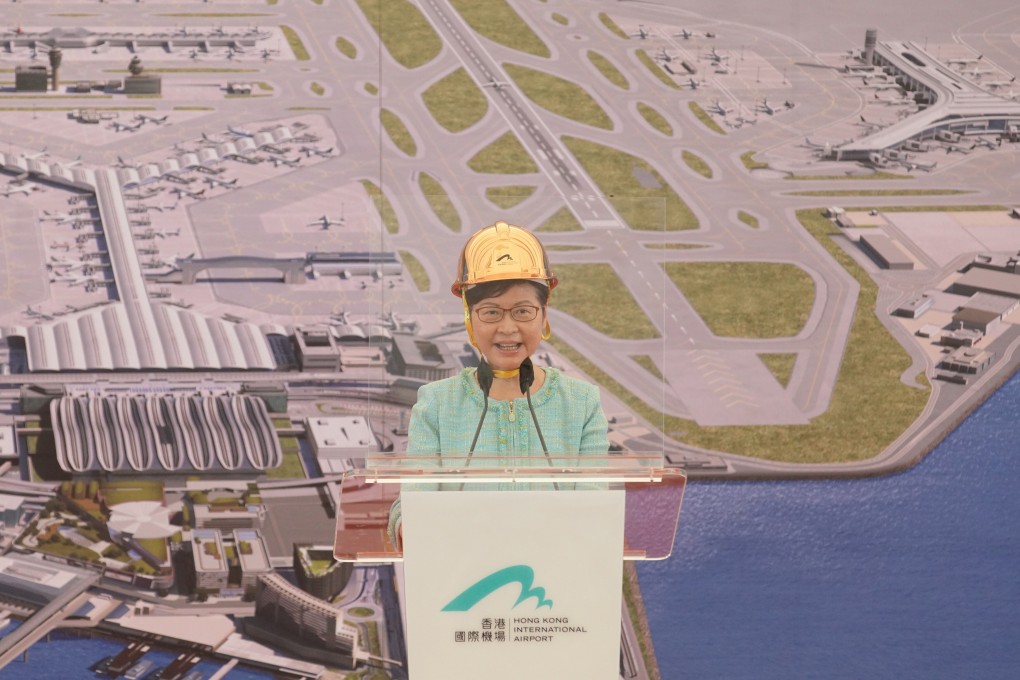Advertisement
Letters | Saving Hong Kong’s air hub status requires more than a strip of concrete
- Readers discuss the third runway’s potential to boost prospects for Hong Kong airport, Singapore’s ‘milestone’ vis-à-vis Hong Kong’s ‘millstone’, why Hong Kong should tread carefully in reopening, and how the city can reckon with rising road accident numbers
Reading Time:4 minutes
Why you can trust SCMP
2

Feel strongly about these letters, or any other aspects of the news? Share your views by emailing us your Letter to the Editor at letters@scmp.com or filling in this Google form. Submissions should not exceed 400 words, and must include your full name and address, plus a phone number for verification.
In April, Chief Executive Carrie Lam Cheng Yuet-ngor pushed back on remarks by Willie Walsh, the head of the International Air Transport Association (IATA), that Hong Kong had fallen “off the map” as an aviation hub.
Lam argued that the completion of the third runway would help Hong Kong remain an international aviation hub. I hate to rain on the chief executive’s parade but she would be well advised to take a quick look around Asia, where Seoul and Tokyo (Haneda) each have four full-length runways, Singapore and Kuala Lumpur have three, and Bangkok, Taipei and Manila have two.
So, Hong Kong is certainly not at the front and is at best in the middle of the pack when it comes to runway capacity. It is going to take a great deal more than a strip of concrete for Hong Kong to recover its position after the damage to its reputation as an aviation hub wreaked by the government’s policies in recent months.
Bob Rogers, Sai Kung
Singapore reaches milestone, Hong Kong has ‘millstone’
I refer to “City will allow foreigners to fly in from May 1” (April 23), in which former chief executive Leung Chun-ying urged the government to move faster in reopening the city as most of our major trade partners have already lifted quarantine restrictions.
Advertisement